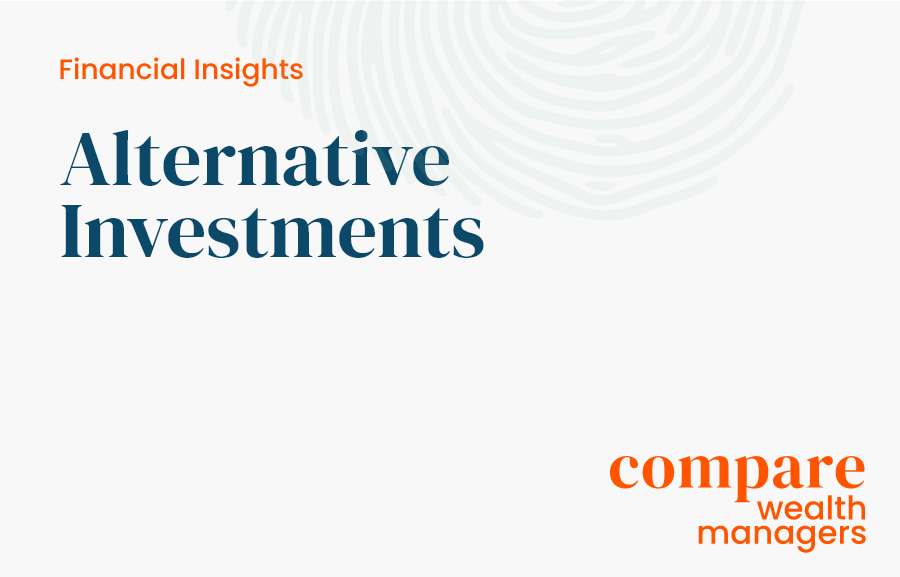As investors search for stability and security in uncertain times, the allure of gilts (short for gilt-edged securities) has grown significantly. These fixed-income securities have long been considered a safe haven investment, particularly due to the reliable creditworthiness of the UK government. However, recent trends in gilt investing have brought forth concerns about potential negative outcomes for investors' long-term financial plans. In this article, we delve into the downside of gilts, shedding light on the risks associated with this seemingly foolproof investment.
The rise of Gilts
The appeal of gilts, a.k.a. UK government bonds, stems from their perceived low risk and steady income stream. Traditionally, gilts, these bonds issued by HM Treasury to fund government spending, have been a popular choice for risk-averse investors seeking a predictable and secure return on their investment. Furthermore, they have historically outperformed other fixed-income assets during economic downturns and periods of market volatility. Miles Robinson, Managing Partner at Evelyn Partners, explains why the trend is rising: “For many years the return from Gilts was expected to be very low and they were primarily held for diversification. However, this has changed following the numerous increases to bank base rates.” According to Harvey Jones, Finance Editor at the Daily Express, two-year gilts now yield around 5.25 per cent a year and could soon pay 6 per cent as the Bank of England battles inflation. He explains it as a trustworthy investment since “they pay a fixed rate of interest, known as a coupon, along with a cast-iron pledge to return your capital in full at maturity”.
Gilts are sold in units of £100 and have maturities ranging from three months to fifty years. Gilts released just a few years ago offer yields as low as 0.25 per cent, but because sellers have cut prices to draw buyers, they are now cheaper to purchase. This gives savers a chance to earn profits that are tax-efficient in addition to their £20,000 Isa allowance. Jones uses a gilt with an October 2026 maturity date and a 0.4% yearly coupon as an example. Although that does not sound like a very good return, there is a catch: Each £100 gilt now costs just £86 to purchase, but when the bond is redeemed, holders receive £100. As a result, they receive £14 for every £86 they invested (or a 16.3% capital gain). The trend has currently gone up because the price has gone down, so it can be a good investment that leads to cash flow at a specific time since it always pays on the date. Robinson adds: “The additional benefit is for many investors – but not all – the portion of the return that is capital gain is not subject to tax, so you may have to receive interest on a bank deposit of more than 7% or maybe even 8% to achieve the same net of tax return.”
Current trends and their downside
Gilts have become increasingly popular in recent years for many reasons. One important reason is that interest rates have been low for a long time, which has made investors look for ways to earn a reliable income with a secure pay date, such as these bonds. Additionally, the UK government's dedication to keeping interest rates stable and controlling inflation has made them even more attractive to investors nowadays. However, the current trend of investing in Gilts is not without its potential pitfalls. Here are a few negative outcomes that investors should consider:
Inflation Risk: Gilts are fixed-income securities, meaning their returns are fixed at the time of issuance. Inflation erodes the purchasing power of future cash flows, which can result in a significant loss of real value for investors. If inflation rises unexpectedly, the fixed returns from gilts may prove insufficient to protect against its adverse effects.
Interest Rate Risk: Gilts are sensitive to changes in interest rates. When interest rates rise, the market value of existing gilts decreases, potentially leading to capital losses for investors who sell before maturity. The possibility of rising interest rates cannot be ignored as central banks signal a shift towards tightening monetary policy.
Limited Diversification: Overreliance on gilts in an investment portfolio can lead to an insufficient level of diversification. Concentrating too heavily on one asset class increases vulnerability to specific market risks and decreases the potential for maximizing returns.
Opportunity Cost: While gilts offer stability, they may not provide the highest potential returns compared to other investment options. Investing solely in gilts may mean missing out on more lucrative opportunities in other asset classes, such as equities or real estate. A balanced approach that considers risk and return trade-offs is crucial for long-term investment success.
Mitigating the Risks
To address the potential negative outcomes of investing in gilts, here are a few strategies that investors may consider:
- Diversification: Allocating a portion of the investment portfolio to a broad range of asset classes, such as equities, real estate, and international bonds, can help mitigate the risks associated with overexposure to gilts.
- Active Management: Engaging with professional investment managers who actively monitor and adjust the portfolio composition can help navigate changing market conditions and optimize returns.
- Assessing Risk-Reward Trade-offs: Investors should carefully evaluate their risk tolerance and long-term goals.
Miles Robinson shares one last piece of advice: “Whilst it is always wise to keep an appropriate ‘rainy day fund’, for those investors who have significant levels of cash on deposit in a bank or building society, beyond that set aside for unexpected bills – investing in Gilts now could be a good alternative. However, if you are not an expert in investments, it is wise to take advice to ensure that you are aware of the cost of the exercise and the tax treatment of the returns.”
In conclusion, gilts can be a short-term strategy for those who are currently looking to invest some cash funds. However, a long-term strategy should include a diversified portfolio carefully curated by a financial advisor who can readjust the plan according to market trends and each investor’s needs.
Compare Wealth Managers offer you an impartial and unintimidating route to finding a Wealth Manager suitable for your needs. We have carefully selected a portfolio of wealth manager partners including Wealth Management firms and Private Banks who, together, offer our clients a full spectrum of services.
Our introduction service is free and without obligation so if you would like to explore what our wealth managers can offer you, please contact Rory Scott or Paul Dredge.





